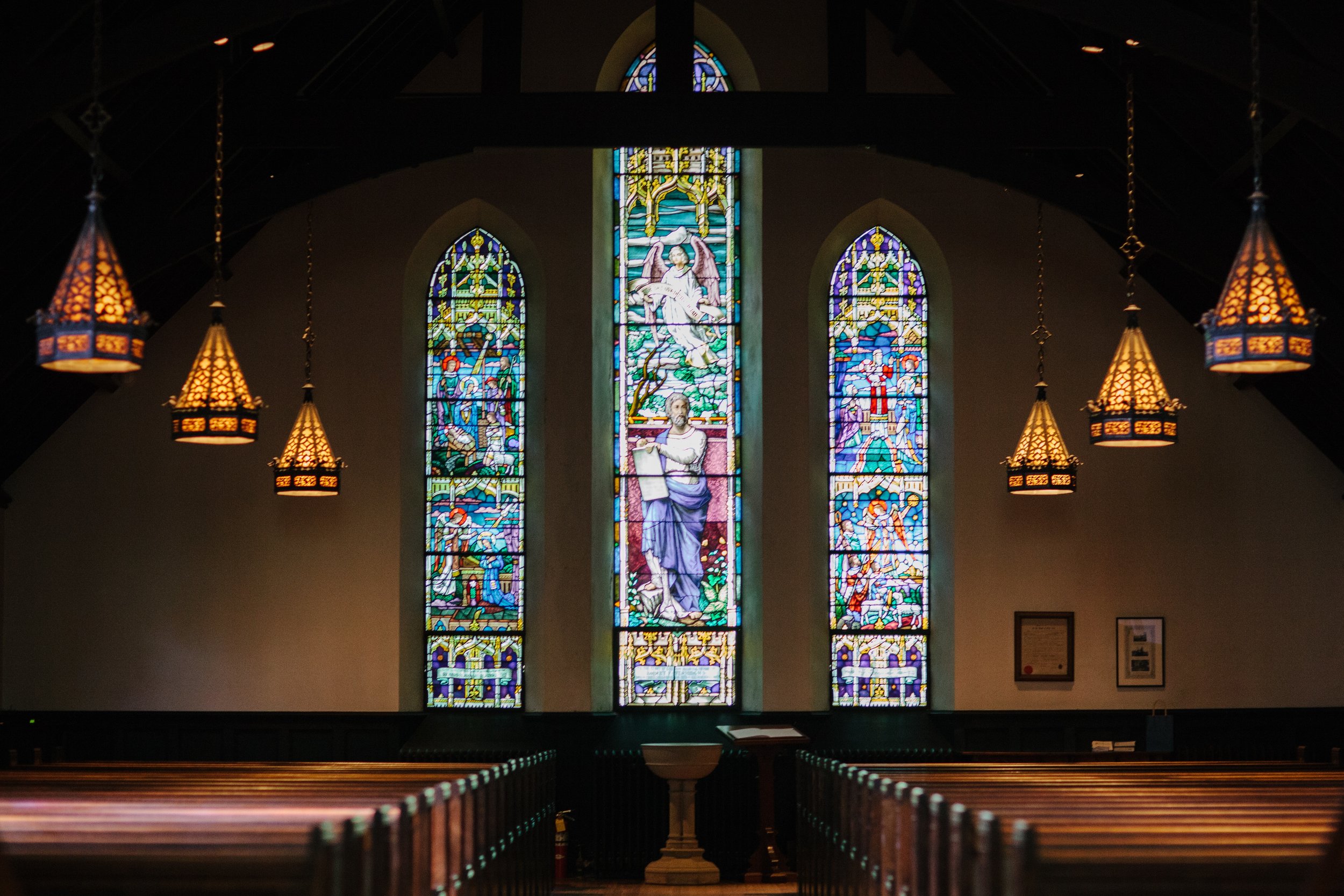Is the Building the Vision?
How many new church plants start to decline after they acquire a permanent building? I recently received this question in an email about some statistics. Though I don't have statistics, I do have stories.
A Slow Fade
The best example I can think of is that of a church in East Houston near the Ship Channel. I was consulting with them about 15 years ago. The church was started in 1937. They would tell people that their membership dropped when ARMCO Steel (a large employer in the area) shut down in 1983. However, their membership actually plateaued and started dropping in 1966.
If you looked at a chart of membership going all the way back to 1937, you could see it clearly. The church grew every year until 1966, when the growth stopped and the decline started.
The decline was very slow at first. It would not have been noticed unless someone was tracking carefully. Then when ARMCO Steel shut down in 1983, you did see a sharp drop. But the drop actually started almost 20 years earlier.
While looking at the chart, I commented to the church leadership that something very significant must have happened that year. It wasn't sharp enough for a church split—I thought maybe a favorite pastor had left. They said, "That is the year we moved into our new building."
You see, the building was the vision. Once they got that building completed and moved in, they could sit back and take it easy. They could go to church, Sunday School, fellowships—but the work was done because the building was finished.
Not the Building's Fault
About that same time, I was an interim staff member at a new church plant in Northwest Houston. This church plant was preparing to build a building, and they were doing it with no debt. I pointed out to the church planter that there would be a tension between all that was involved to raise the resources for the building without making the building the ultimate vision or goal.
He worked very hard to say that the building was a tool that would enable the church to fulfill their vision. The pastor constantly told stories of how the building would be used in ministry. Today, that church is still on mission and growing.
“Keep mission and ministry in front of the congregation, and lead members to be thankful for the building God provided to be used for His glory. ”
The Heart of the Issue
The GI and Silent generations have traditionally placed a high value on buildings. The building was “the house of God” or “the sanctuary.” These names gave spiritual importance to the building. Even in congregations today where these generations make up the majority of the membership, it is still largely about the building.
There are those who will give a lot of money for a building, but may not want to give for ministry and missions. The building is tangible. It's easier to see results.
For some, they need that building preserved to take care of them and their families for as long as they personally need it—for weddings, funerals, and events. Many have a connection to the building because of their own family history—baptisms, weddings, funerals—and do not want to give up the tangible evidence of that memory.
Knowing the Difference
Some indications that place might be more important than ministry are the importance of matching cushions on the chairs in Sunday School rooms or the picture of the founder of the Sunday School class on the wall. Memorial plaques on musical instruments, pews, or buildings may be indicators, as well.
So, how can leaders keep the focus on ministry instead of place?
Have regular sermon reminders that we are called to go.
Recognize ministries that members participate in, and have people share stories of how they see God at work.
Highlight the testimonies of new believers your church is baptizing.
Most of all, keep mission and ministry in front of the congregation, and lead members to be thankful for the building God provided to be used for His glory.
Sally Hinzie is a Church Consultant who has worked at UBA for many years. Her primary areas of ministry focus include church planting, bible storying training, organic church, and ministry implementation.




